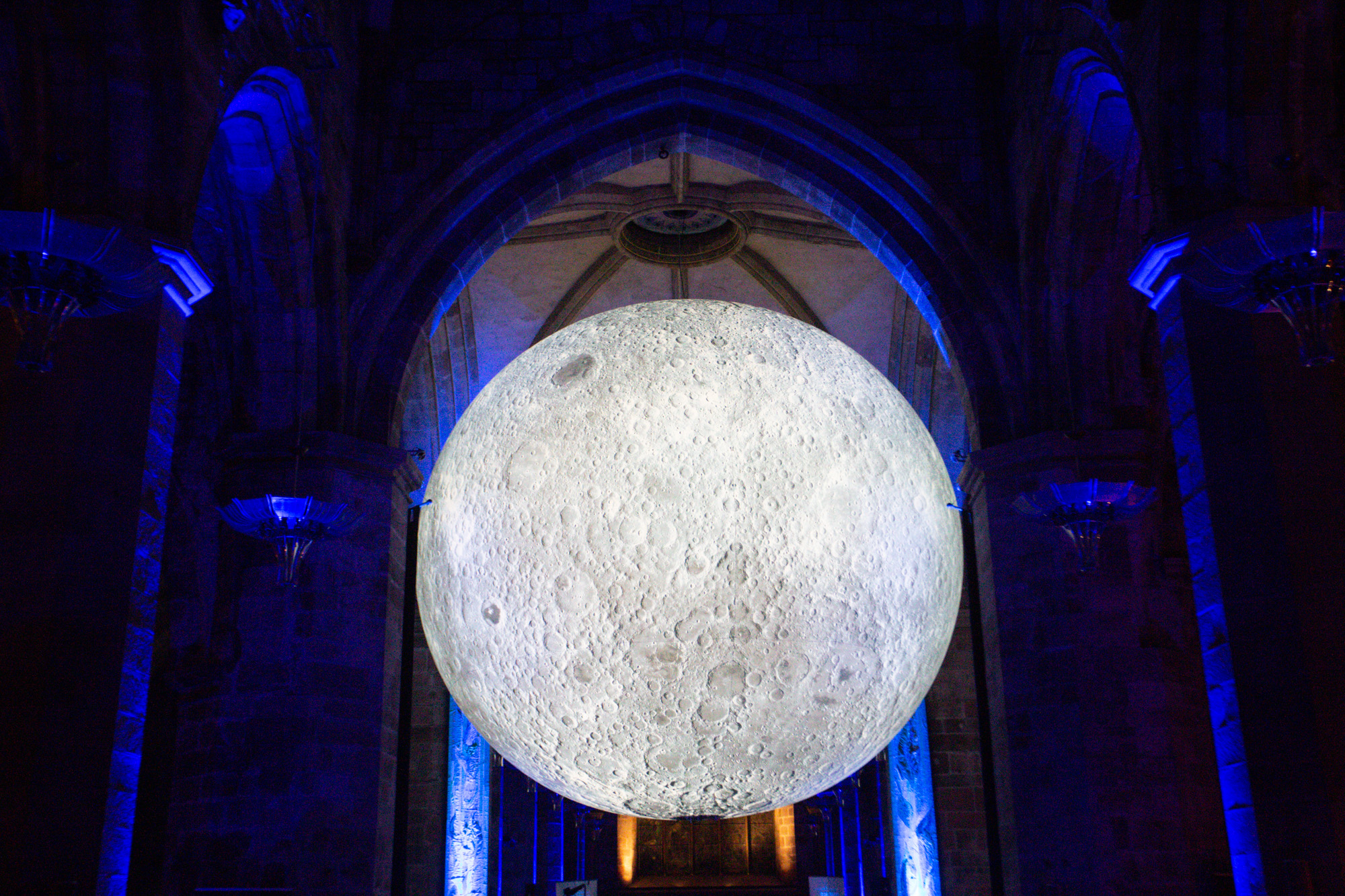

„Export as DNG (Noise reduction & optical corrections only)“Īs a DNG file back to Lightroom and post-processed so that brightness, color saturation and contrast were comparable. Afterwards, it was converted again with the option this is in accordance with my usual workflow. I then passed the image as a CR3 file from Lightroom Classic to DxO PhotoLab4, where it was denoised using the DeepPRIME algorithm (Luminance setting 100).

Here are two more crops in 100% scale: Ibis head - edited with Lightroom Classic CC Ibis plumage - edited with Lightroom Classic CC The result is still clearly noisy even in the reduced version: Ibis at ISO 12,800 Here, first of all, you can see the original version of the image, intensively processed in Lightroom to my taste (Exposure -0.66, Contrast +58, Highlights -100, Depths +100, Clarity +28, Dynamics +21, Denoising and Sharpening to Standard), downsized to 1600px long edge. I tried to finally edit all images in Lightroom Classic so that colors, contrast and brightness are as similar as possible. To compare, I downloaded the trial version of Topaz Denoise AI from the link above and used it with an ISO 12,800 image from my photo library to evaluate its results against those of DxO PhotoLab 4 and DxO PureRAW. Spoiler: unlike DxO PhotoLab 4, I won’t buy the full version of Topaz Denoise AI - the reason follows…

Since I was told by several people that excellent noise reduction is also achievable with Topaz Denoise AI, I wanted to test Topaz Denoise AI myself and compare the results with those of the DeepPRIME algorithm. More information about the DxO programs can be found here on my website, where I have already tested both: I use both programs exclusively for noise reduction all further processing is done in Adobe Lightroom Classic, as I have been accustomed to for years. I’ve recently started using the DeepPRIME algorithm developed by DxO, which is included in DxO PhotoLab 4 Elite and, more recently, in DxO PureRAW. Nowadays, useful results can even be achieved with images taken at ISO 12,800, something that was merely incredible just a few years ago. Particularly since the appearance of AI (artificial intelligence) algorithms, there are continuously improving possibilities for noise reduction with high-ISO images. Image processing software is also evolving.

Modern camera sensors are becoming more and more light-sensitive and produce continuously less noise.


 0 kommentar(er)
0 kommentar(er)
